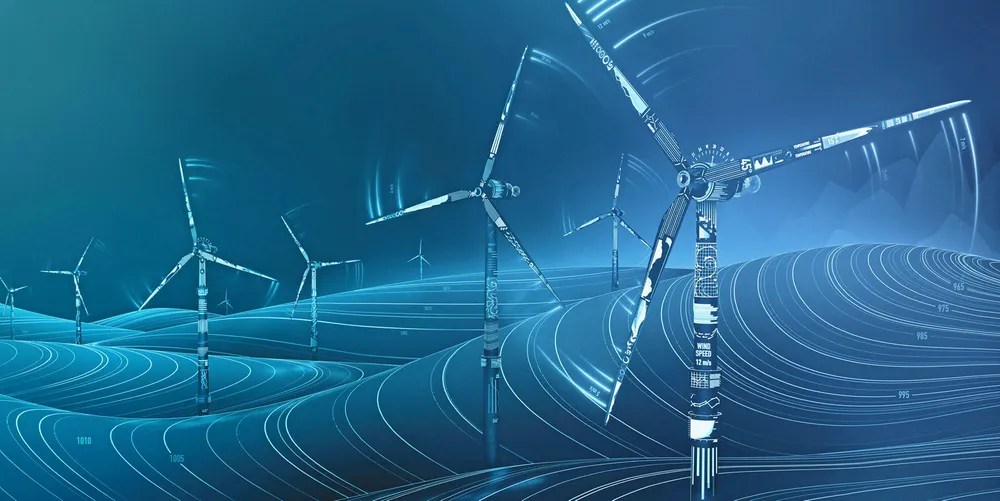Industry needs shared 'vision' to reap full rewards of digitalisation: WindEurope
Lack of universal definitions makes it tough to compare different digital applications, industry group says in new report

Lack of universal definitions makes it tough to compare different digital applications, industry group says in new report
